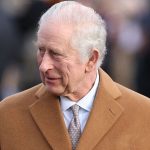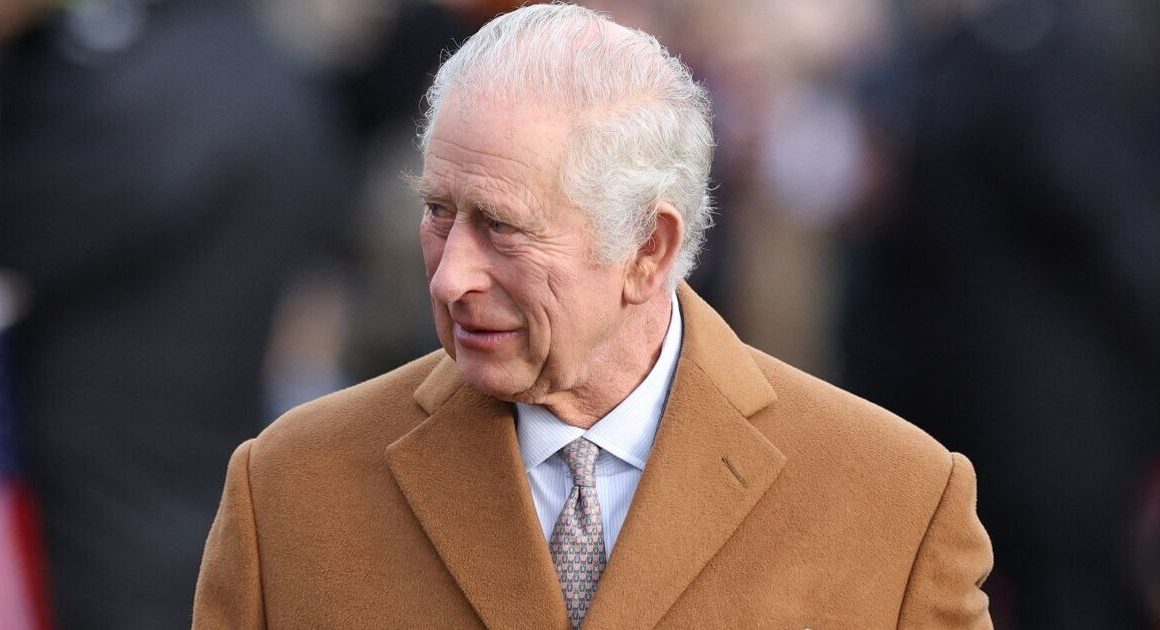This item is part of Watching Washington, a regular dispatch from CBC News correspondents reporting on U.S. politics and developments that affect Canadians.
What’s new
Donald Trump now has a point man for his plan to impose punishing trade tariffs. Someone who’s publicly shared his views on them.
Howard Lutnick will now wield influence over an issue with major consequences over the global economy.
Trump hasn’t just nominated the Wall Street executive as his commerce secretary; he’s also put Lutnick in charge of his tariff and trade agenda, with an additional role overseeing the Office of U.S. Trade Representative.
American trading partners will eagerly study Lutnick’s views on Trump’s plan to slap a minimum fee of 10 per cent on all imports into the United States.
Lutnick’s public remarks on this issue might reassure them — to a point. In his telling, Trump doesn’t plan to impose tariffs on everything. His message, however, isn’t all sunny.
Few countries have as much riding on these details as Canada. Depending on how the tariffs are designed, there are vastly different estimates about how badly they will hurt Canada’s economy.
The federal government is bracing for trade disruption under a second Donald Trump presidency, with former secretary of commerce Wilbur Ross saying Trump will not only focus on tariffs, but target Canada’s supply management sectors during his second term.
What’s the context
According to different estimates, Trump’s tariff plan could cost Canada’s economy anywhere from a half-per cent of GDP to a devastating five per cent.
The level of damage depends on the details. Trump offered scant specifics during the campaign about how exactly his tariff plan would work.
Will tariffs apply to every country? To every product from every country? Or only to specific products where the U.S. has a strategic goal of reshoring jobs?
Lutnick has talked about how he’d apply them. In his view, they would serve two purposes. One is surgical, in order to influence specific industries. The other is as a negotiating club.
The United States has lower tariffs than almost any country, including Canada. Lutnick says this threat will force other countries to sit down with the U.S., and drop their trade barriers.
“Of course it’s a bargaining chip,” the CEO of the financial services giant Cantor Fitzgerald told CNBC during the campaign, during which he led Trump’s transition team.
“Everybody else is going to negotiate with us.”
During that interview over the summer, he said Trump’s plan was not actually to apply these tariffs willy-nilly, which would drive up the cost of products the U.S. is happy to import.
This would seem to diminish the likelihood of damage to Canada’s No. 1 export to the U.S.: energy, specifically oil, gas and hydropower.
In an exclusive interview, chief political correspondent Rosemary Barton speaks with Donald Trump’s former secretary of commerce, Wilbur Ross, about the U.S. president-elect’s agenda on trade and tariffs, and his advice for how Canada should respond.
What’s unclear is what it might do to Canada’s No. 2 export: Cars. Lutnick has discussed cars at length, in different interviews, although his comments never mentioned Canada.
He specifically mentioned European and Japanese tariffs and said the U.S. wants a more even playing field, to allow Ford and GM to sell more vehicles there.
In another interview with CNBC, Lutnick called for the U.S. to have similar tariffs to what it faces in Europe and Japan: “Equal, equal, equal.”
He said that if the U.S. threatens major import levies, Europe will panic at the thought of Mercedes, Porsche and BMW losing American sales and then, along with Japan, negotiate a fairer deal.
“And finally Ford and General Motors are going to be able to sell in these places,” Lutnick said.
He was later accused of misrepresenting basic facts about trade in his CNBC interviews. Lutnick had vastly exaggerated the level of tariffs in Europe and Japan and their role in U.S. auto sales.
But Lutnick has taken a more hawkish tone, recently.
In a lengthy podcast discussion last month, Lutnick described tariffs as one of the secrets of U.S. prosperity until the Second World War.
“You’ve got to tariff the rest of the world. Keep them the heck out. Bring the manufacturing back here,” he said.
One Washington trade expert told CBC News it’s unclear if Lutnick has technical understanding of these issues, and may rely on deputies, including at the Office of U.S. Trade Representative. He said Trump’s announcement might ultimately be inflating Lutnick’s role here.
“Trump’s characterization in his statement may be one of those things we should take seriously but not literally,” said Simon Lester, a former legal-affairs officer at the World Trade Organization.
What’s next
Trump’s major nominees will face confirmation hearings in the U.S. Senate. Lutnick’s will likely happen early next year, where he may elaborate on the next administration’s plans.
The key player here is Trump. There’s no public evidence Trump sees his own plan as primarily a negotiating tool, the way Lutnick described it to CNBC.
When talking about tariffs, Trump has used more punitive language; he’s threatened to target companies building plants in Mexico, to force them to build in the U.S. — which is an ominous message for countries in North America reliant on their free-trade pact with the U.S.
Trump’s associates were not reassuring, either, in meetings with Canadian officials during the campaign.
Now with the election over, and the new Trump team taking shape, those same Canadian officials, and businesses, will seek additional clarity.
It remains to be seen who else Trump might nominate to economic roles. For example, key trade officials in his first term, Robert Lighthizer and the trade hardliner Peter Navarro, have yet to have roles defined for his second administration.
As for what the U.S. might want from Canada if there’s a negotiation, here’s a handy guide. The U.S. publishes an annual list of gripes with trading partners. The Canada section spans four pages and mentions dairy, provincial liquor boards, broadcast access and taxes on large online platforms.
Trump is also expected to press Canada on military spending, and on how to interpret the automobile provisions of the existing North American trade deal.












